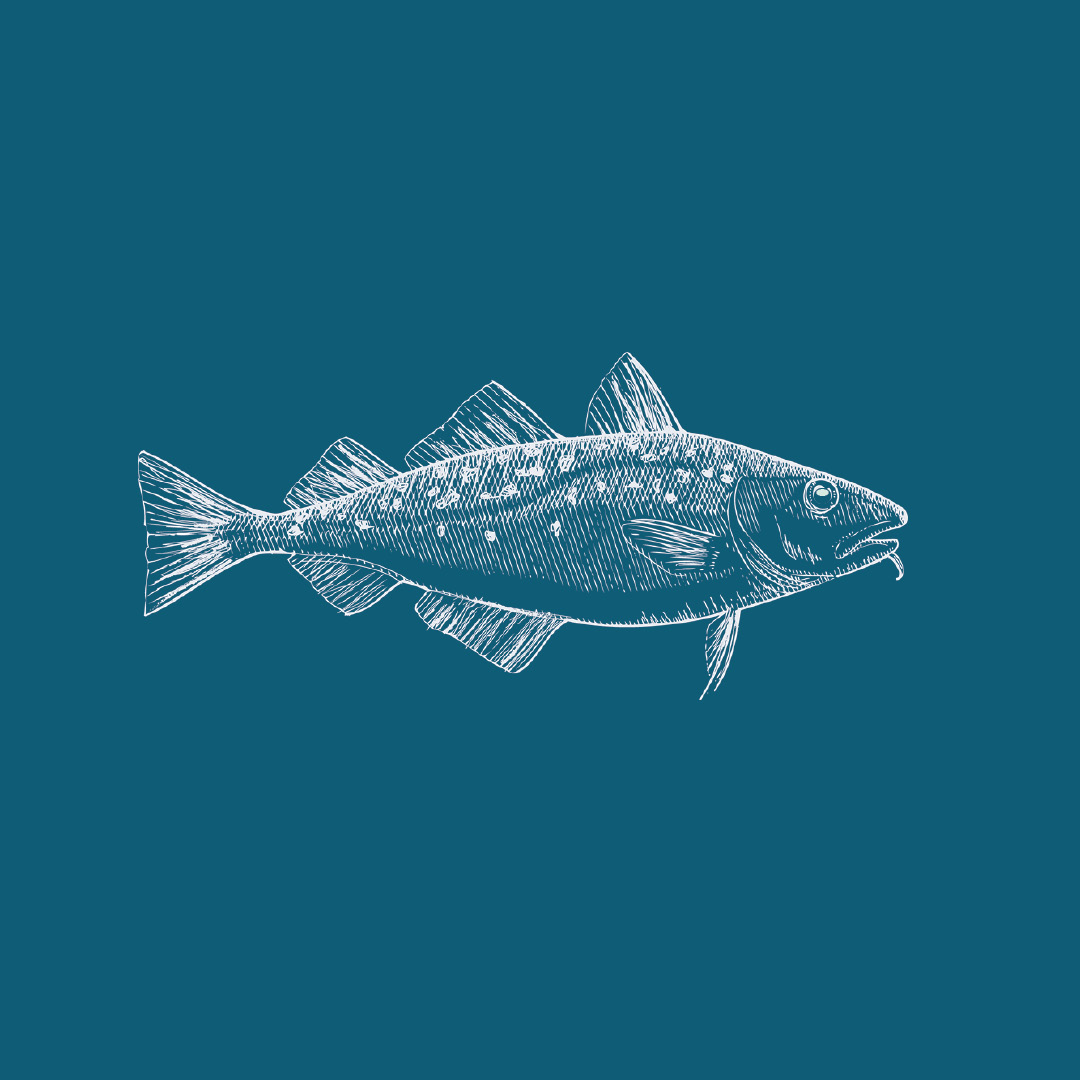Since the ReCod project began in 2020, it has generated new knowledge on how to keep Baltic cod, create conditions for spawning, hatch larvae and release them in selected locations in the Baltic Sea. In addition to two PhD students who have been involved in the project since the beginning, many research projects have been linked to ReCod, and many more are planned. We have summarised ongoing and completed studies and research projects – all with the aim of increasing the understanding of the unique Baltic cod so that we can better preserve and protect it.
Completed projects
How cod larvae adapt to the Baltic Sea
The PhD students Maddi Garate-Olaizola and Neele Schmidt are working at the Ar research station, where the ReCod project is being carried out, under the supervision of Anssi Laurila, Uppsala University. One of their projects focuses on how cod eggs and larvae can adapt from the high salinity of the basins at the research station to the less salty waters of the Baltic Sea. Their aim was to find out how reduced salinity affects the survival, hatching and buoyancy of eggs and larvae. The results of the study show that the larvae adapted best to the sea at a reduction in salinity from 17 to 7 psu, 10 days after the eggs were fertilised. The closer the salinity change occurs after hatching, the lighter the larvae become and can float in lower salinities. Maddi and Neele’s results are highly relevant to ReCod and can be used to enhance survival in the continued release of cod larvae.
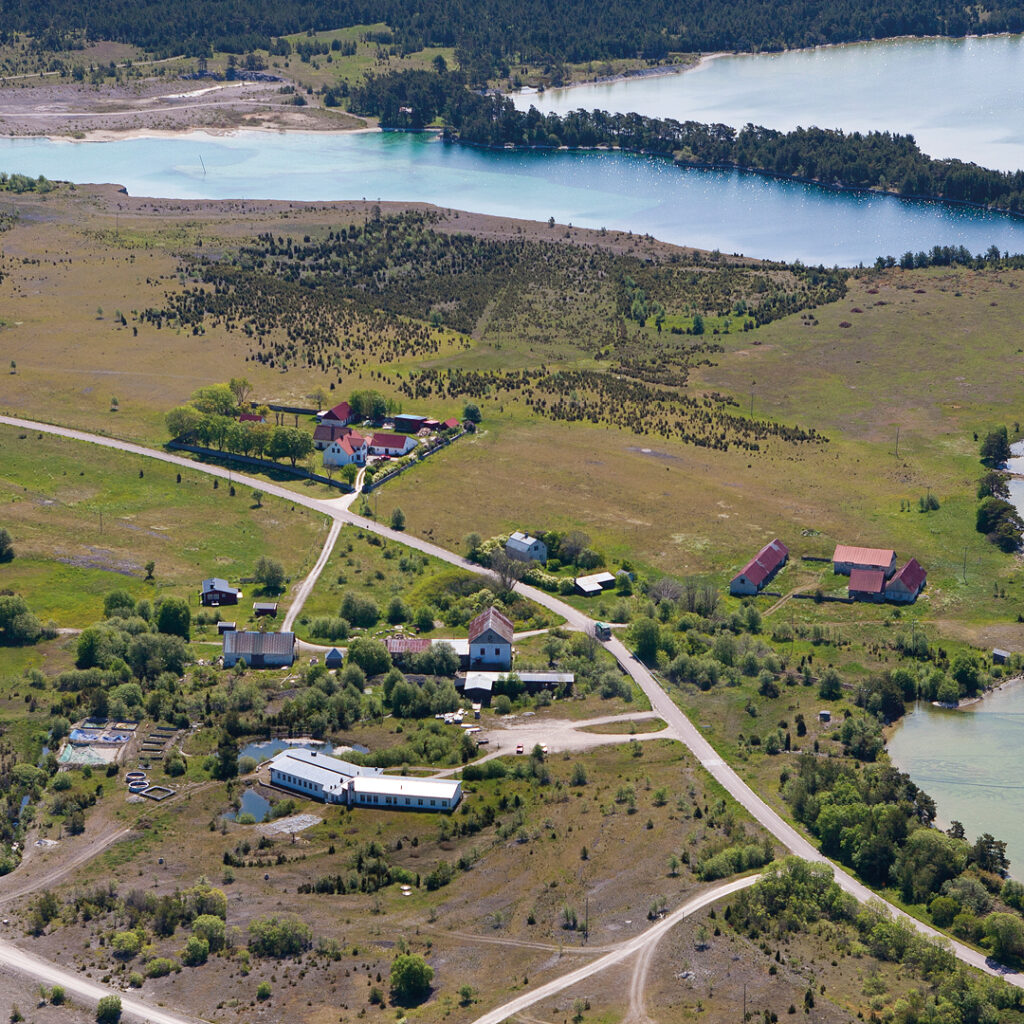
Ar research station. Photo: Gunnar Britse
Read more about Maddi and Neele’s study in BalticWater’s article How cod larvae from ReCod will be adapted to life in the Baltic Sea. The full scientific article can be found here: Acclimatising laboratory-reared hatchling cod (Gadus morhua) to salinity conditions in the Baltic Sea.
Ongoing projects
The impact of parental fish size on offspring survival and reproduction
Over the past decades, cod in the Baltic Sea have declined dramatically in size. Against this backdrop, Maddi Garate-Olaizola and Neele Schmidt are currently researching if the size of the parent fish affects the survival and fitness of the offspring at different salinities. They have already conducted several experiments and will now examine whether larger fish produce eggs with better hatching rates compared to smaller fish and the buoyancy and survival of the larvae. Buoyancy determines where in the water column the eggs develop and the larvae are situated, which affects their chances of survival. Maddi and Neele’s results will increase the understanding of whether, and if so how, the reduced size of cod affects fish recruitment in the Baltic Sea. The study can also contribute with valuable knowledge about the most appropriate size of parental fish to keep within the ReCod project.
Climate-induced changes in environmental conditions – the impact on cod
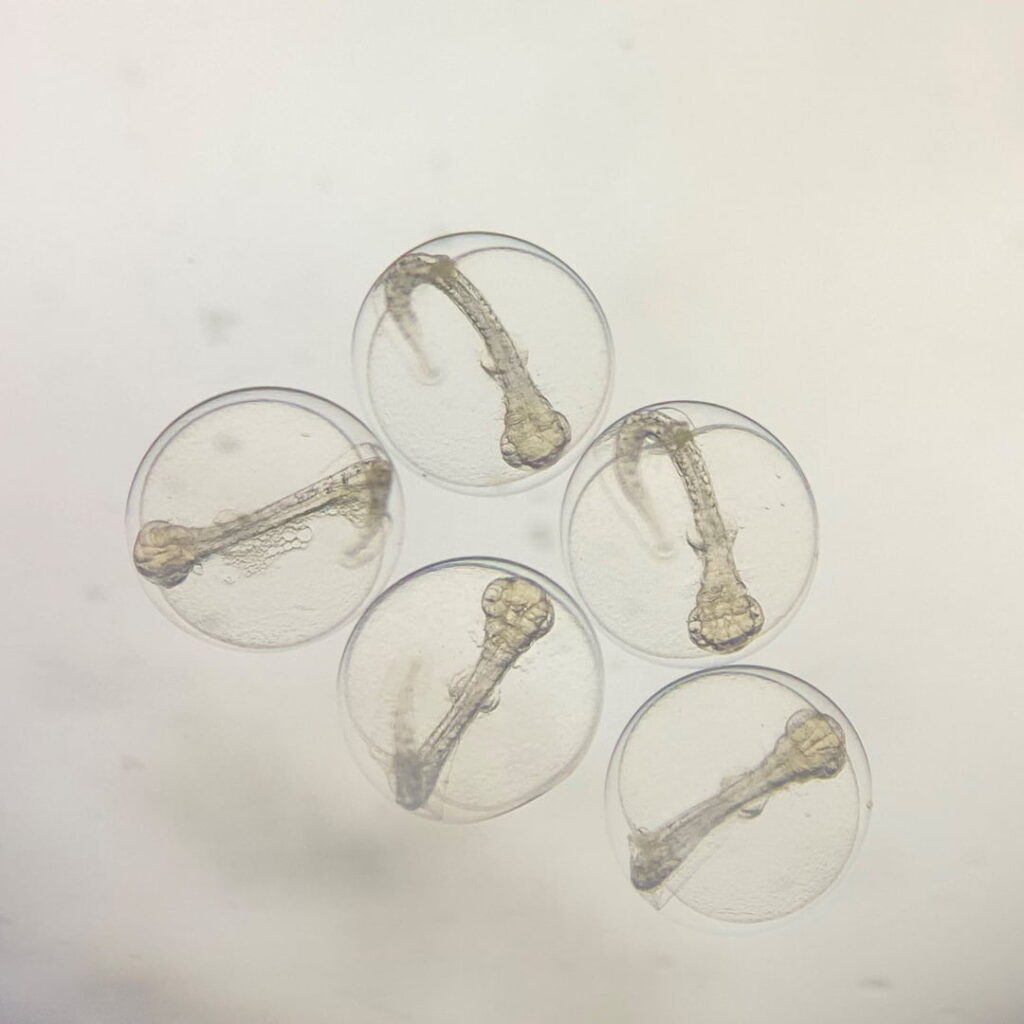
Cod larvae in eggs. Photo: Madeleine Kullenbo, BalticWaters
In a new study, Maddi Garate-Olaizola investigates how altered environmental conditions caused by climate change affect cod development. Maddi looks at how eggs and larvae are affected by rising temperatures and decreasing salinity – expected consequences of global warming. By simulating scenarios with different temperatures and salinities, the effects on hatching, larval survival and buoyancy will be tested. In addition, Maddi has taken samples for genetic analyses to identify which genes are expressed under such conditions. All the experiments have already been carried out and all that remains is the analysis. The results are expected to provide valuable insights into how cod eggs and larvae may respond to anticipated changes in the marine environment, which is crucial for managing cod stocks in the future.
Method for large-scale tagging of cod larvae
To distinguish cod hatched within ReCod and released into the Baltic Sea, a reliable method of tagging cod larvae is required. The hearing stones of fish, known as otoliths, can be labelled using different methods. Like the annual rings on a tree, otoliths grow throughout the life of the fish. This creates a time axis of chemical information, making it possible to leave traceable patterns. In the ReCod project, the challenge lies in the fact that larvae are merely 4-6 days old upon release, which means that the otoliths that are exceedingly tiny at the time of tagging. Against this, Neele Schmidt is looking for a method that is suitable for large-scale tagging of larval otoliths. She has used three different tagging methods: placing the larvae in two different chemicals (alizarin and strontium) and changing the water temperature. The results will show whether it is possible to tag otoliths on such a small larva on a large scale and then find the tag again. Such a method is important for the follow-up of ReCod and is needed to estimate the proportion of released cod larvae that manage to survive and establish themselves in the sea.
Cod larvae’s preference for salinity and light may control their movement behaviour
When a wild cod larva is 4-6 days old, it starts to feed and swims upwards as food is found higher up in the water column than where the larva naturally floats. Closer to the surface, the environmental conditions are different compared to where the eggs hatch – it is brighter, and the salinity is lower. In a new study, Maddi Garate-Olaizola is currently analysing the results of an experiment to find out if these environmental factors contribute to driving the cod larvae to move up the water column.

Cod larva with yolk sac. Photo: Neele Schmidt
To test if the larvae prefer a lighter, lower salinity environment, Maddi placed cod larvae in tubes with a salinity gradient ranging from 7-17 psu and observed their movement patterns, first in light conditions and then in darkness. The results of Maddi’s study can contribute to a better understanding of cod larvae behaviour. This knowledge can be used within ReCod to optimise the salt and light conditions when cod larvae are released into the sea.
Degree projects
The role of zooplankton when releasing cod larvae
ReCod has also attracted the interest of students. One of them is the newly graduated microbiologist Amanda Jansson who in her degree project wanted to find out what the composition of zooplankton looks like in the three bays where the ReCod larvae are released. This knowledge is important since cod larvae are dependent on zooplankton for food. The results showed that there were large differences in the amount and composition of zooplankton between the three bays. Also, smaller differences were observed within the same bay. Amanda’s thesis provides important knowledge about where it is most favourable to release cod larvae, which is of great importance for ReCod’s continued releases.
BalticWaters has previously written about Amanda’s research in the article Thesis on the importance of zooplankton when releasing cod larvae.
How cod larvae are affected by transport to the release bay
The interest in ReCod has also travelled to the other side of Öresund – to the Technical University of Denmark. MSc student Rasmus Sigurd Sundin was tasked with finding out how the transport of cod larvae from the Ar research station to the bay where they will be released could be improved. The potential stressors investigated were vibration, high larval density and stagnant water. Rasmus’ results indicated that several stressors simultaneously during transport can negatively affect growth and increase the risk of serious damage to the cod larvae. The study provides ReCod with valuable knowledge about how to transport the larvae to release in as stress-free a way as possible, which in turn improves the larvae’s conditions for establishing themselves in the new environment.
New research collaborations
Project that provides knowledge about how cod adapt to different stressors
In 2024, Agnes Karlsson, Associate Professor at Stockholm University, will initiate a new project with a strong bearing on ReCod. Agnes and her research team will test how different stress factors affect nitrogen isotopes in Baltic cod and sprat. Among other things, the effects of oxygen and food deficiency will be investigated, separately and in combination. The impact of the toxic cyanobacteria that occur during algal blooms will also be analysed. By studying these effects, Agnes hopes to understand which amino acids in the fish change under stress, which can provide insights into how fish adapt to environmental stressors. In this way, the study can increase the understanding of why cod in the southern but not the northern Baltic Sea are smaller than they used to be – which is important for the continued management of the stocks.
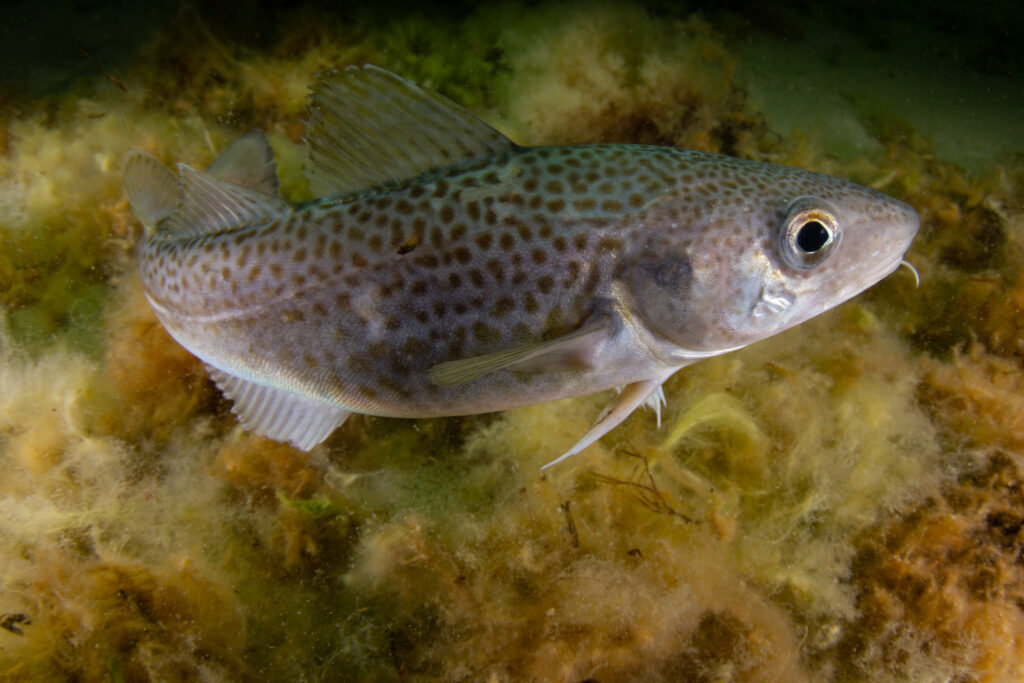
Cod. Photo: Madeleine Kullenbo
Do Baltic cod grow better on herring from the North Sea?
In light of the decline in the size of the Baltic cod, a project is currently underway in which BalticWaters, together with researchers from Stockholm University, will investigate how different types of food affect cod growth. In an experiment, the researchers will compare differences in growth between fish that receive unlimited food from the North Sea and the Baltic Sea and fish that receive limited food from the Baltic Sea. The fish are divided into three groups where one group gets unlimited sprat from the Baltic Sea, one group gets unlimited sprat from the North Sea and one group gets half as much sprat from the Baltic Sea. The study will provide knowledge of whether there is a difference in food quality between the North Sea and the Baltic Sea, which could clarify the reasons behind the reduced growth of Baltic cod.
How different environmental conditions affect the hatching and release of cod larvae
BalticWaters will also fund an upcoming research project led by Sebastian Nikitas Politis from the Technical University of Denmark. Sebastian will investigate how varying environmental conditions – oxygen, salinity and temperature – affect the survival of cod larvae. In an experiment, Sebastian will look at which genes are expressed under different stressors at various stages of development. The aim is to identify the limits of larval tolerance to oxygen, salinity and temperature for both hatching and release. The results of the study will provide more knowledge about the developmental stage at which it is optimal to release cod larvae, which is valuable for optimising the survival of the cod larvae within the ReCod project.
A platform for continued fish research
There are still large knowledge gaps about cod and there are many research projects underway in different places that will help us to better understand the acute situation of the Baltic cod and how we can change it. But the ReCod project, and the studies and projects that are being carried out in parallel, have helped to fill in several knowledge gaps. And by all accounts, we can expect more valuable results in the future.
This year, BalticWaters starts the journey towards a new fish research laboratory with increased capacity and new areas of applications. There is still much to be done before the laboratory is completed, but one thing is certain: it will create conditions for continued fish research – which is needed to preserve and strengthen fish stocks in the Baltic Sea.
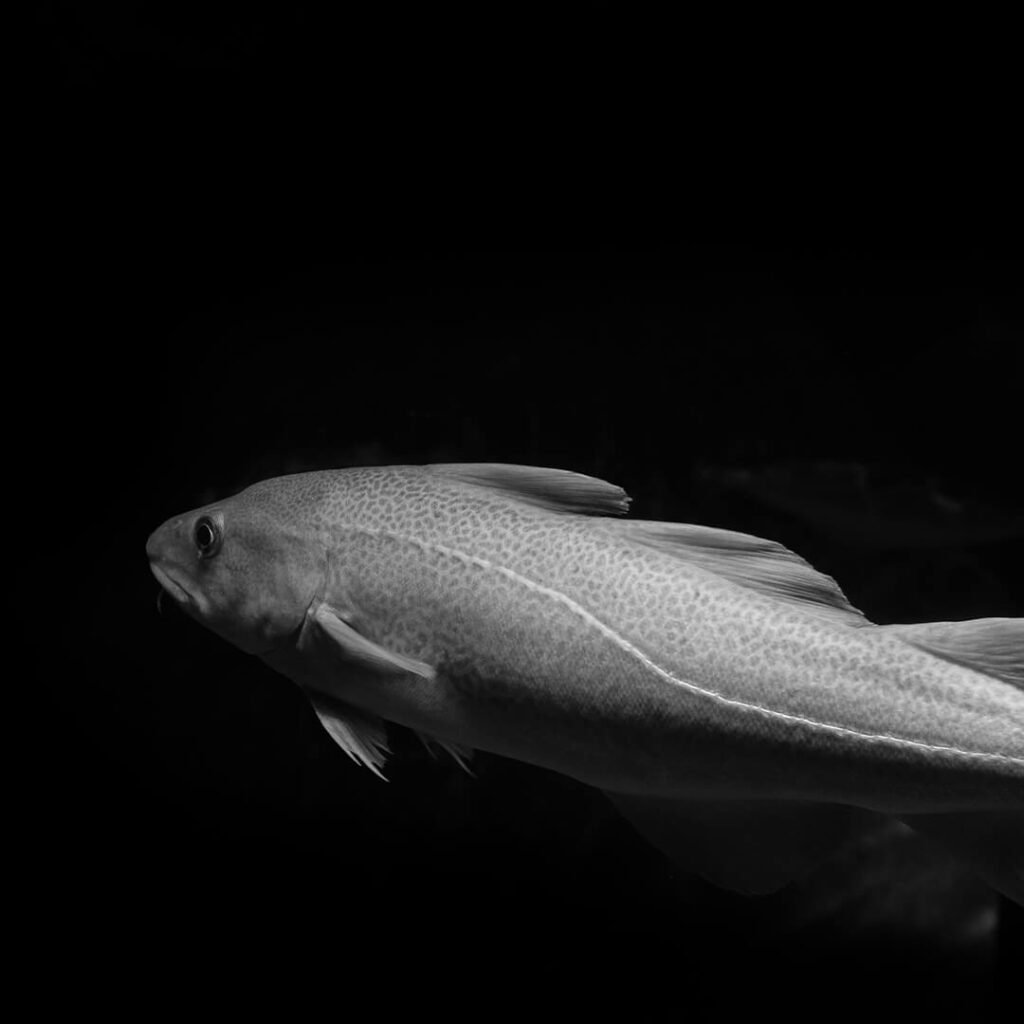

About ReCod
The project is carried out at the research station Ar on Gotland – in the middle of the Baltic Sea. The goal of ReCod is to conduct experiments with the release of 4–6-day-old cod larvae at several locations along the east coast to investigate whether the larvae survive and successfully establish themselves. If the experiments are successful, there is the possibility of reintroducing cod in the Baltic Sea at more locations, thereby increasing the chances of preserving and protecting the unique eastern stock. ReCod is implemented and financed by BalticWaters and Uppsala University. ReCod is implemented and funded by BalticWaters and Uppsala University.
Would you like to know more? Visit the project’s website.
